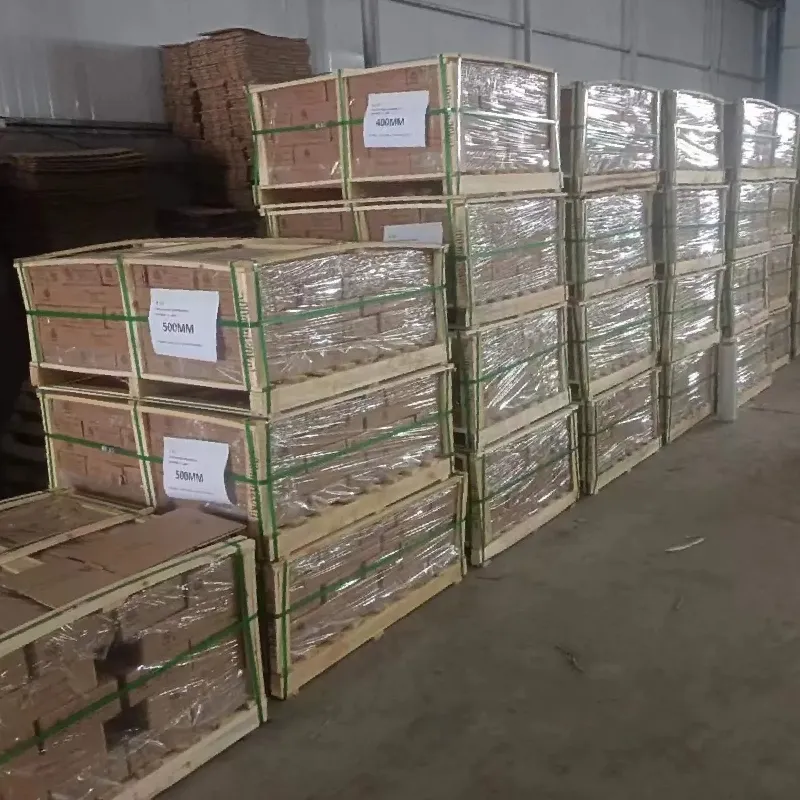Aug . 13, 2024 00:06 Back to list
Choosing the Best Fence Options for Your Agricultural Fields and Livestock Protection
Fencing for Fields A Practical Approach to Secure Agriculture
Effective agricultural management relies heavily on the organization and protection of farm resources. One essential aspect of this is the implementation of fencing for fields. Fencing does not simply serve as a boundary marker; it is a critical tool for ensuring the security of crops, livestock, and the overall integrity of a farming operation. This article explores the various types of fencing, the benefits of proper field fencing, and considerations for installation.
Types of Fencing for Fields
When it comes to fencing for agricultural fields, there are various types, each catering to specific needs.
1. Barbed Wire Fencing This is one of the most common types of fencing used in agriculture. It consists of wire with sharp edges at intervals, designed to deter animals and trespassers. Barbed wire is cost-effective and can be constructed quickly, making it ideal for large fields and pastures.
2. Electric Fencing This modern approach utilizes electric currents to deter animals from crossing the boundary. Electric fencing is highly effective for keeping livestock contained and protecting crops from wildlife. It can be more expensive than traditional fencing but is often worth the investment due to its effectiveness in preventing damage.
3. Wooden Fencing For a more aesthetic option, wooden fences can offer both functionality and visual appeal. They can be quite sturdy and serve well in separating fields or protecting gardens. However, wooden fences require more maintenance and may not be as cost-effective as wire options.
4. Vinyl Fencing Known for its durability and low maintenance, vinyl fencing is another alternative that provides a clean look. Although more expensive upfront, vinyl fences can last for decades without significant upkeep.
5. Mesh Fencing Ideal for keeping smaller animals at bay, mesh fencing is versatile and can be used in combination with other types. It provides visibility while preventing intrusion from various wildlife.
Benefits of Proper Field Fencing
The benefits of implementing effective fencing systems in agricultural fields are numerous
- Protection of crops Fencing helps protect crops from both livestock and wildlife, which can cause significant damage and loss of yield.
fence for field

- Containment of livestock Farmers depend on fencing to keep livestock within designated areas. This not only keeps animals safe but also ensures that they remain in optimal grazing zones.
- Security against trespassers Fencing acts as a deterrent against unauthorized access, helping to secure valuable assets, such as equipment and harvested crops.
- Land management Properly designed fencing can facilitate the rotation of grazing areas and crop fields, improving soil health and promoting sustainable agricultural practices.
Considerations for Installation
When planning for field fencing, there are several considerations to keep in mind
- Local regulations Always check local laws and regulations regarding fencing, especially concerning height restrictions and land boundaries.
- Type of animals Consider the specific animals you need to contain or deter. Different animals may require different fencing solutions.
- Terrain and weather The geographical features and climate of the area may dictate the materials and style of fencing best suited.
- Budget Assess your budget for both installation and maintenance of the fence. While some options may be cheaper upfront, long-term costs and durability should also be considered.
Conclusion
In conclusion, effective fencing is an integral component of modern agricultural practices. By selecting appropriate materials and designs, farmers can protect their fields, sustain their livestock, and ensure the long-term viability of their operations. Investing in good fencing not only safeguards current agricultural resources but also sets up a foundation for future farming successes. Whether optimizing for aesthetics, durability, or functionality, the right fencing can make all the difference in agricultural management and productivity.
-
The Role of Field Wire Fence in Grassland Conservation
NewsJul.15,2025
-
Stainless Steel Razor Wire Durability in Coastal Environments
NewsJul.15,2025
-
Enhancing Home Security with Mesh Fences
NewsJul.15,2025
-
Diamond Mesh Wire for Small Animal Enclosures
NewsJul.15,2025
-
Common Wire Nail Tensile Strength Testing for Woodworking
NewsJul.15,2025
-
Barbed Wire Corrosion Resistance Galvanization Techniques
NewsJul.15,2025









